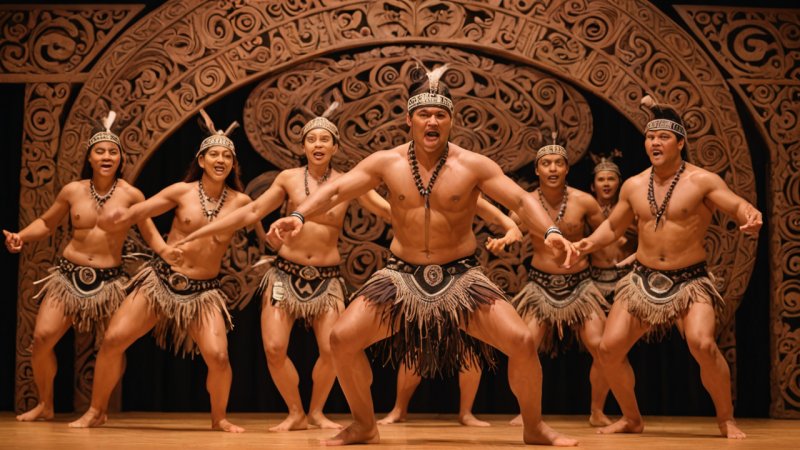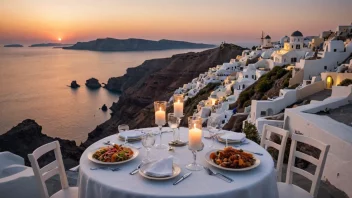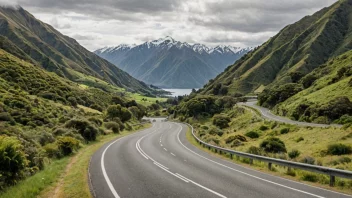The Maori are the indigenous people of New Zealand, known for their rich culture, vibrant traditions, and deep connection to the land. Their history, beliefs, and rituals offer a fascinating glimpse into a world shaped by centuries of evolution, adaptation, and resilience. Understanding Maori culture is not only essential for appreciating New Zealand's heritage but also provides insight into their unique worldview, social structures, and the challenges they have faced over the years. This article explores the history and rituals of the Maori, shedding light on their traditions, practices, and the significance behind them.
A Brief History of the Maori
Maori history dates back to around the 13th century when Polynesian voyagers arrived in New Zealand. These early settlers brought with them their customs, language, and agricultural practices, which laid the foundation for what would become a distinct Maori culture. Over the centuries, the Maori adapted to their new environment, developing unique forms of art, social organization, and spirituality.
By the time Europeans arrived in the 18th century, the Maori had established themselves as formidable warriors and skilled navigators. However, contact with Europeans brought significant changes, including the introduction of new technologies, diseases, and a shift in power dynamics. The signing of the Treaty of Waitangi in 1840 marked a pivotal moment in Maori history, as it aimed to establish a partnership between the British Crown and the Maori chiefs. Yet, the treaty's interpretation and implementation led to ongoing disputes and grievances that continue to affect Maori communities today.
The Maori Worldview
The Maori worldview is deeply rooted in their connection to the land (known as 'whenua') and their ancestors ('tūpuna'). This relationship is reflected in their beliefs, customs, and rituals. The Maori see themselves as guardians ('kaitiaki') of the natural world, with a responsibility to protect and preserve it for future generations.
Central to Maori culture is the concept of 'mana,' which refers to spiritual power and authority. This power can be inherited or earned through acts of valor, leadership, and wisdom. 'Tapu' is another important concept that denotes sacredness and restrictions surrounding certain people, objects, or places. Understanding these concepts is crucial for grasping the significance of various Maori rituals and practices.
Maori Rituals and Traditions
Maori rituals are diverse and serve various purposes, from celebrating life events to honoring the deceased. Here are some key rituals and traditions that embody the Maori spirit:
1. The Powhiri
The powhiri is a traditional welcome ceremony held to greet visitors. It involves a series of rituals, including speeches, singing, and the 'hongi' (a greeting where two people press their noses together). The powhiri serves to establish relationships and demonstrate respect between the hosts and guests.
2. Whakairo (Carving)
Whakairo, or Maori carving, is an intricate art form that tells stories and represents genealogies. Carvings can be found on meeting houses ('wharenui'), canoes ('waka'), and other significant structures. Each carving is rich in symbolism and reflects the history and identity of the tribe.
3. Haka
The haka is a traditional war dance that embodies the spirit of the Maori people. It is performed with vigorous movements, chanting, and facial expressions. The haka is not only a display of strength but also a way to honor ancestors and express collective emotions during significant events, such as weddings, funerals, or sports competitions.
4. Tangihanga (Funeral Rites)
Tangihanga is the Maori funeral ritual that honors the deceased and provides a space for family and community to grieve. The process can last several days and involves various customs, including the laying of the body, speeches, and the sharing of memories. The tangihanga serves to reaffirm the bonds of family and the importance of ancestry.
5. Matariki (Maori New Year)
Matariki marks the Maori New Year and is celebrated when the Pleiades star cluster rises in the winter sky. This time is associated with reflection, remembrance, and new beginnings. Traditionally, Matariki is a time for families to honor their ancestors, celebrate the harvest, and plan for the future.
The Role of Language and Art in Maori Culture
The Maori language ('te reo Maori') is a vital aspect of their cultural identity. It encapsulates their history, values, and worldview. Efforts to revive and promote the language have gained momentum in recent years, with educational programs and media initiatives aimed at preserving this unique linguistic heritage.
Art forms, including weaving ('raranga'), tattooing ('ta moko'), and carving, play a significant role in expressing Maori identity. These art forms are not merely decorative; they carry deep cultural meanings and often reflect the individual’s lineage, achievements, and spiritual beliefs.
Contemporary Maori Culture
Today, Maori culture is experiencing a resurgence as communities seek to reclaim their identity and promote their traditions. This revival is evident in various aspects of society, including education, politics, and the arts. Maori leaders advocate for rights, representation, and recognition of their cultural significance within New Zealand.
Festivals such as the Te Matatini kapa haka competition showcase Maori performing arts, while initiatives to incorporate te reo Maori into everyday life reflect a broader commitment to cultural preservation. Moreover, the increasing interest from tourists seeking authentic cultural experiences has further highlighted the importance of Maori heritage in New Zealand's national identity.
Traveling to Experience Maori Culture
For travelers wishing to learn more about Maori culture, New Zealand offers numerous opportunities to engage with this rich heritage. Here are some ways to experience Maori culture during your visit:
- Participate in a Cultural Performance: Many cultural centers and marae (tribal meeting grounds) host performances that showcase traditional songs, dances, and storytelling.
- Visit a Marae: Engaging with a marae provides insight into Maori community life and customs. Many marae welcome visitors, offering guided tours and the chance to participate in rituals.
- Explore Maori Art and Craft Workshops: Take part in workshops that teach traditional crafts such as weaving, carving, or tattooing, allowing you to connect with the culture on a personal level.
- Attend Matariki Celebrations: If visiting in winter, join in the Matariki festivities to experience Maori New Year celebrations, which often include community gatherings, feasts, and cultural performances.
Conclusion
The history and rituals of the Maori are a testament to their resilience, creativity, and deep connection to the land and their ancestors. By understanding their cultural practices, we gain insight into a unique worldview that values relationships, spirituality, and the natural environment. As New Zealand continues to evolve, the Maori remain an integral part of its identity, reminding us of the importance of honoring and preserving diverse cultures. Whether through traditional rituals, art, or language, the Maori offer a rich tapestry of experiences that enrich the understanding of New Zealand as a whole.






